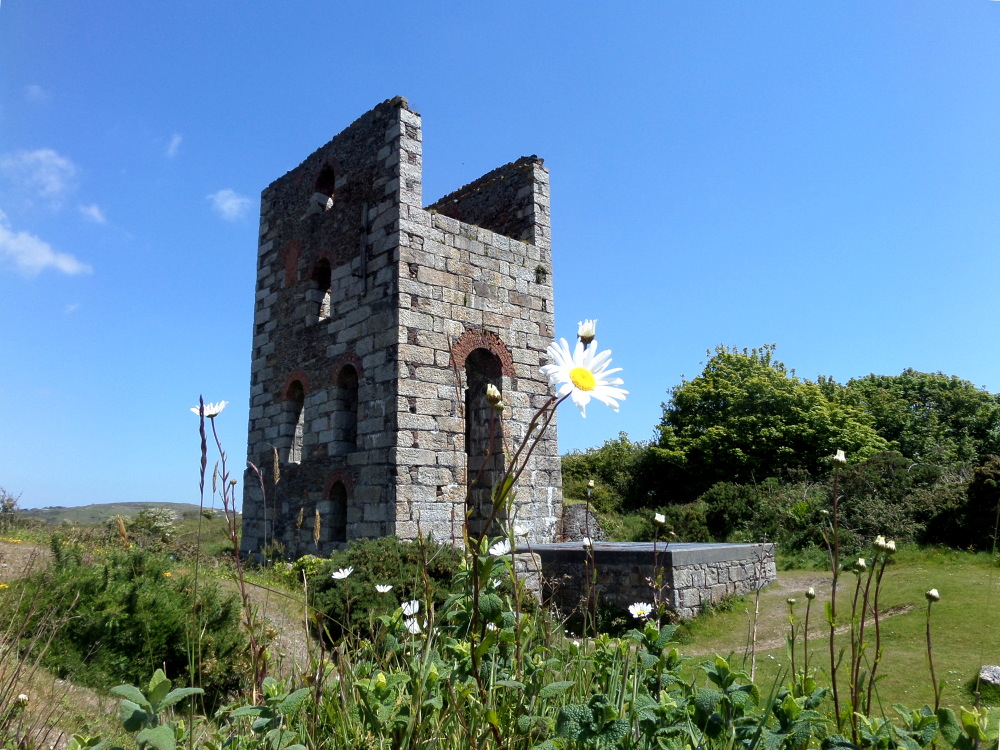Wheal Uny is a gorgeous little site to the south of Redruth, with two engine houses, a large number of shafts and a lone chimney. There aren’t any official start dates for the mine, but it definitely existed from around 1800, with the site already having significant stamping capacity by the 1840’s, predominately using waterwheels fed by the pumping engines.
The mine worked on and off throughout the early 1800’s, producing copper. It reopened in 1851, switching tactics and dug up some tin instead. In 1866, the mine amalgamated with North Wheal Buller to the south.
The mine closed for a final time in 1893.
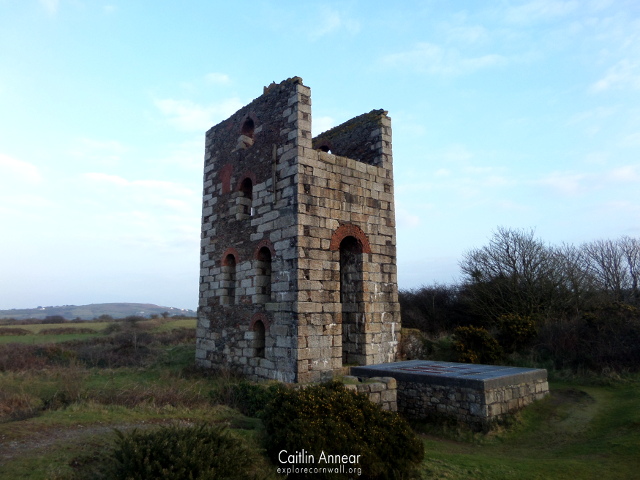
Hind’s pumping engine house was built in 1869-70 and housed a 70-inch engine. The engine was built by St Austell Foundry in 1853 for Great Howas Mine, but was sold onto Tywarnhayle in 1860 before making its way to Wheal Uny in 1861. It worked up until the closure of the mine. The boiler house would have stood on the south side and held three boilers.
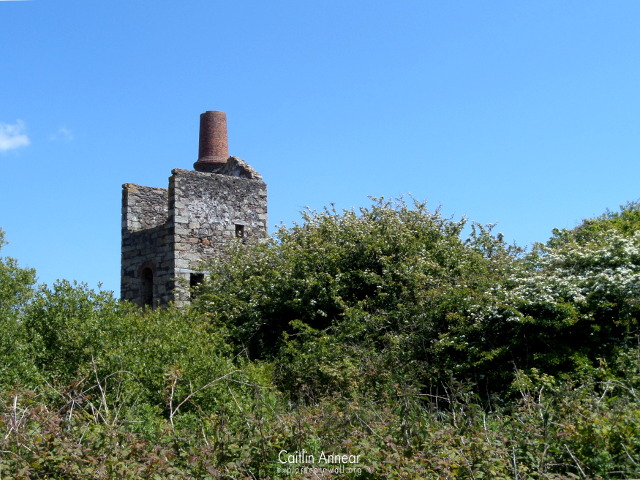
The neighbouring winding engine house, built in 1880, held a 26-inch engine. The remains of the loadings for the flywheel and winding drum are visible in front of the house; its boiler house was to the west and held one boiler. In the distance is the lone chimney that would have been connected to the arsenic calciner. All of the land in between would have been part of the mines dressing floors, with a mix of shafts, engine houses and stamps etc, now all hidden under the rabid gorse. It would have had seven or eight engine houses over its lifetime.

Engine (215-fathoms/393m), Hind’s (244-fathoms/446m), Kings (193-fathoms/353m), Old Kings (26-fathoms/48m), Cook’s, Gooding’s (193-fathoms/353m), Joseph’s (26-fathoms/48m), Incline (229-fathoms/412m), No. 1, No.2, Footway, New (78-fathoms/143m), No. 3 (68-fathoms/124m) and Louisa’s (65-fathoms/119m).
Great Flat, North, Middle, Copper and North Buller.
1826-1893
2,860 tons (2,905,894 kg) of 5.5% copper and 7,660 tons (7,782,919 kg) of black tin.
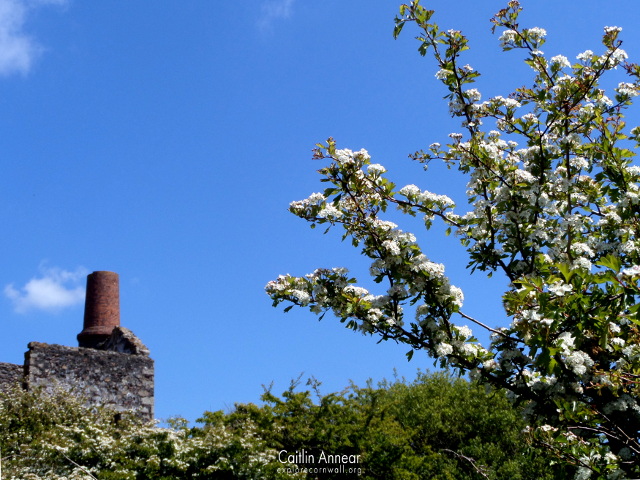
Despite its size and access to the famous Great Flat Lode, the mine was far from successful, accumulating vast amount of debt. The reason for its struggles may lie with its lack of new equipment over its life, resulting in high maintenance costs and frequent breakdowns towards the end. The old equipment was also unable to keep up with the amount of water in the mine, preventing access to further profitable areas. Wheal Uny’s end of the Great Flat Lode had lower quality tin compared to that found in other areas, reducing profits and making it less attractive to investors.
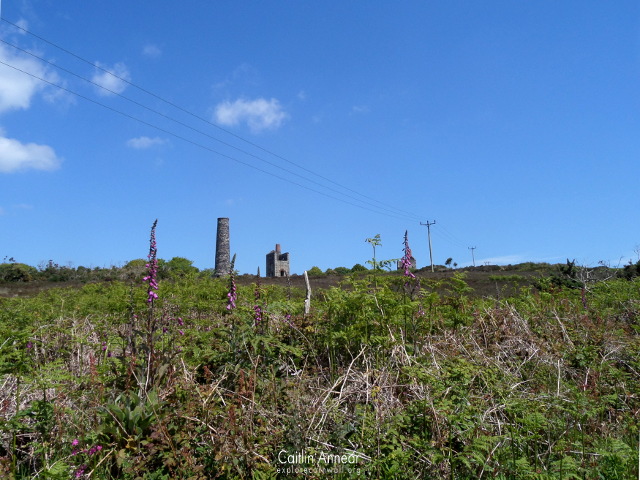
The whole is free to access of common land. Most of the shafts have been fenced off, and the engine houses made safe.
There’s no specific parking for the area, and very little nearby, so be prepared for a walk to get to the top.
Acton, B. (2001) Exploring Cornwall’s Tramway Trails: Volume 1. Truro: Landfall Publications.
Dines, H. G. (1956) The metalliferous mining regions of south-west England. British Geological Survey.
Gamble, B. (2011) Cornish Mines: St Just to Redruth. Penzance: Alison Hodge Publishers.
Nance, D. and Brown, K. (2014) A complete guide to the engine houses of West Cornwall. Gloucestershire: Lightmoor Press.
